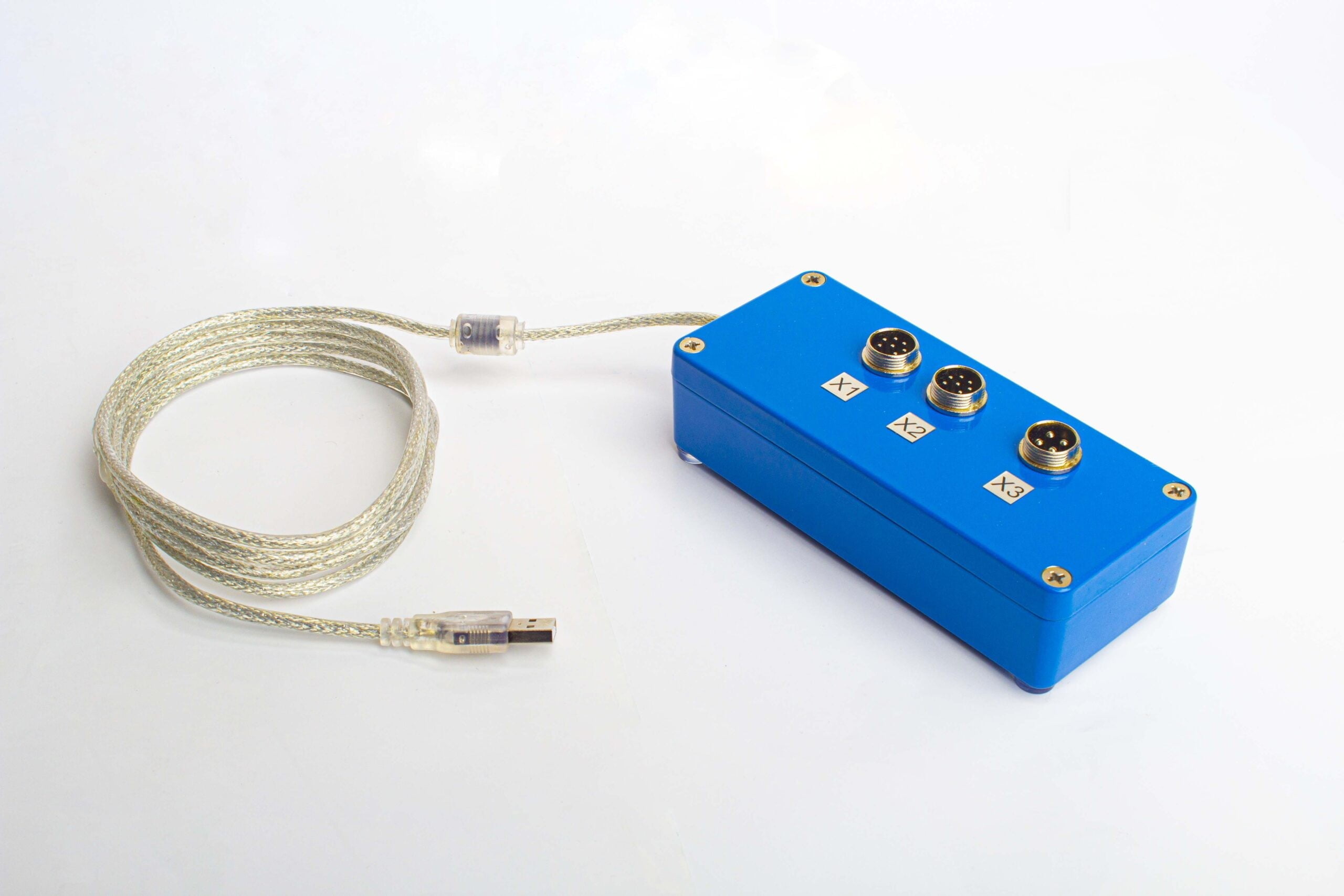Boost Performance and Reliability with Advanced Compressor Balancing Methods

static balancing machines
Static Balancing Machines: An Overview
Static balancing machines play a crucial role in various industries where precision and performance of rotating equipment are paramount. This guide delves into the fundamental aspects of static balancing, outlining its processes, applications, and importance in maintaining machinery efficiency.
Understanding Static Balancing
Static balancing refers to the condition where the center of gravity of a rotor aligns perfectly with its axis of rotation. In contrast to dynamic balancing, which addresses imbalances that occur during rotation, static balancing focuses on correcting issues when the rotor is stationary. An imbalance occurs when the rotor's weight is distributed unevenly, causing one side to be heavier. The objective of static balancing is to minimize or eliminate these discrepancies, ensuring that the rotor remains level and stable when positioned horizontally.
The Static Balancing Process
The static balancing process involves several key steps aimed at achieving equilibrium. The first step is to identify the heavy side of the rotor, a task typically accomplished with the help of leveling equipment. Once the heavy side is identified, material may be added or removed at specific points on the rotor. This adjustment effectively shifts the center of gravity back to the axis of rotation.
One of the most common methods used for static balancing involves the addition or subtraction of weights on the rotor. The placement of these corrective weights is deliberate, based on calculations and measurements taken during the initial assessment. By accurately moving weights and retesting, operators can iteratively refine the balance until optimal stability is achieved.
Static vs. Dynamic Balancing
It is crucial to understand the difference between static and dynamic balancing. While static balancing focuses on rotor imbalance at rest, dynamic balancing addresses issues during motion. Dynamic imbalance is more complex, as it occurs when different mass distributions exist in varying planes during rotation. Consequently, while static balancing is sufficient for simpler applications, dynamic balancing methods must be employed for more complex machinery to ensure smooth operation over time.
Static balancing is primarily utilized in applications involving narrow, disk-shaped rotors, where the elimination of uneven mass distribution in a single plane is essential. On the other hand, dynamic balancing is suitable for longer, multi-axle rotors, providing a more comprehensive solution for oscillations generated during rotation.
Applications of Static Balancing Machines
Static balancing machines are integral to the manufacturing and maintenance of numerous industrial components. They are employed broadly in sectors such as automotive, aerospace, and energy production, where rotating parts like flywheels, gears, and rotors are prevalent. By ensuring rotors are correctly balanced, businesses can avoid excessive wear on bearings, reduce energy consumption, and enhance overall operational efficiency.
One application example includes the balancing of turbines, which require precise adjustments to function optimally under high operational speeds. Likewise, fan blades and impeller rotors must maintain balance to prevent excess vibration, noise, and potential mechanical failures. Utilizing static balancing machines allows for the thorough inspection and correction of imbalances, ultimately ensuring the longevity and reliability of these crucial components.
Benefits of Using Static Balancing Machines
Static balancing machines offer several advantages, making them essential tools in various manufacturing and maintenance processes.
- Increased Equipment Lifespan: Regular use of static balancing machines helps to minimize wear and tear on rotating components, extending their service life.
- Enhanced Performance: Properly balanced rotors contribute to smoother operation, leading to higher efficiency and reduced energy consumption.
- Reduced Vibration and Noise: By identifying and correcting imbalances early, static balancing machines can help to mitigate vibrations, resulting in quieter and less disruptive operations.
- Cost-Effectiveness: By preventing equipment failures and enhancing operational efficiency, businesses potentially save significant costs in repairs and downtime.
Conclusion
In conclusion, static balancing machines are invaluable in the realm of industrial machinery maintenance and performance optimization. By addressing rotor imbalances effectively, they help ensure that various rotating components function smoothly and efficiently. Understanding the differences between static and dynamic balancing, and knowing when to employ each method, allows industries to maintain their machinery in peak condition. With the numerous benefits associated with proper balancing, investing in a reliable static balancing machine is a wise decision for businesses striving to enhance productivity and efficiency.
Explore Our Static Balancing Solutions
If you're interested in improving your equipment's performance through effective static balancing, explore our range of static balancing machines. Please contact us for more information on how our solutions can meet your specific balancing needs.
Instagram: https://www.instagram.com/vibromera_ou/
Youtube : https://www.youtube.com/@vibromera


 Balancingtag
Balancingtag 83845422292
83845422292 https://vibromera.eu/
https://vibromera.eu/
Отзывы о Boost Performance and Reliability with Advanced Compressor Balancing Methods
добавить отзыв